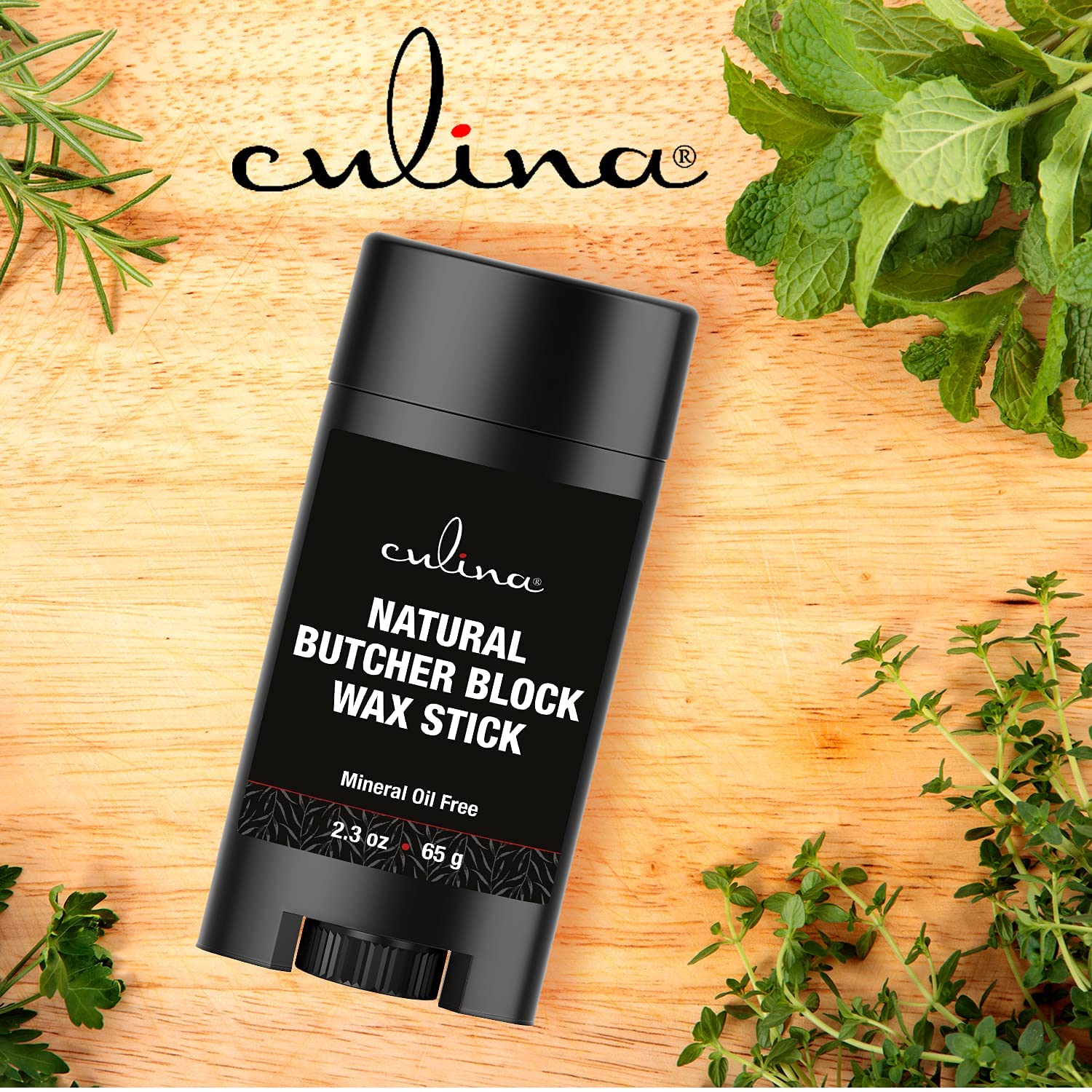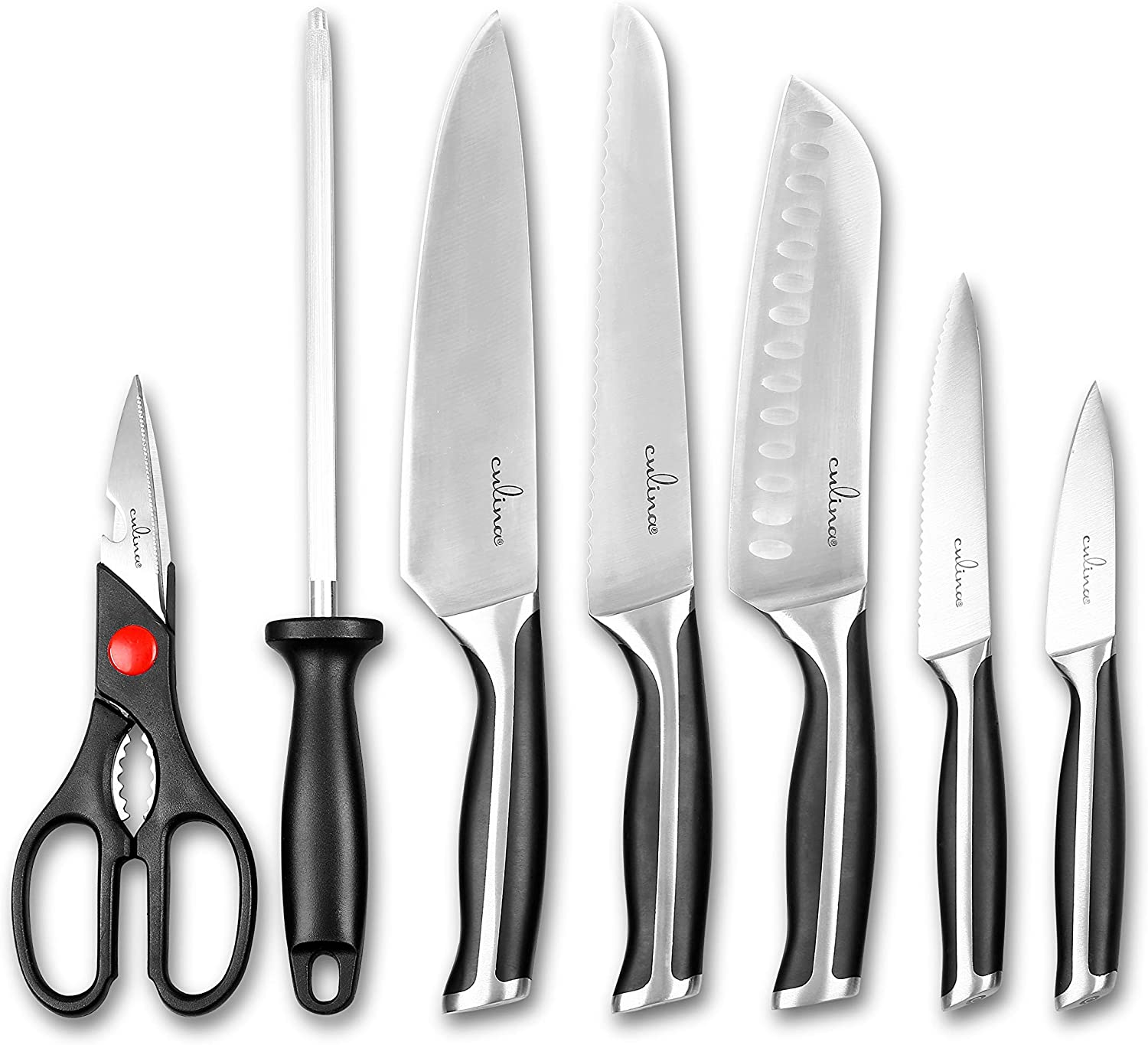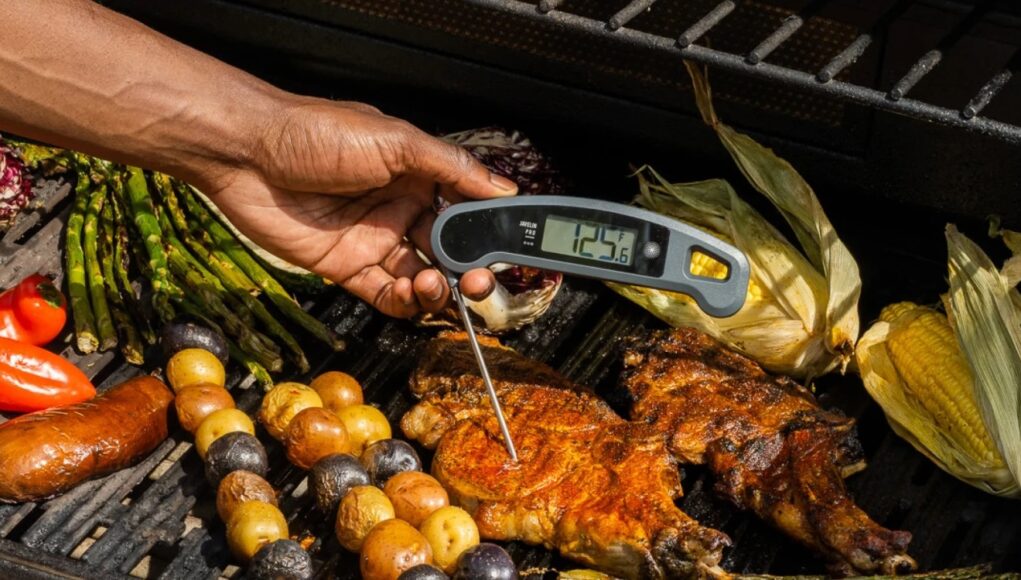Cooking the perfect roast beef can be a challenging task, even for seasoned chefs. One key tool to achieve a delightful roast is a meat thermometer. But the big question remains: what should meat thermometer read for roast beef? In this detailed guide, we will explore everything you need to know to ensure your roast beef is cooked to perfection.

Why Use a Meat Thermometer?
The main purpose of a meat thermometer is to ensure that your meat is cooked to a safe temperature. This is crucial not only for food safety but also to achieve the desired level of doneness. Overcooked or undercooked meat can ruin your meal, but a reliable meat thermometer can help you avoid such pitfalls.
:max_bytes(150000):strip_icc()/faw-meat-thermometers-test-thermoworks-chefalarm-rkilgore-19-f1a0c722c7b64683814f4c76104c449c.jpeg)
The Ideal Temperature for Roast Beef
So, what should meat thermometer read for roast beef to ensure it is both safe to eat and delicious? The USDA recommends the following internal temperatures for different levels of doneness:
- Rare: 125F (52C)
- Medium-Rare: 135F (57C)
- Medium: 145F (63C)
- Medium-Well: 150F (66C)
- Well-Done: 160F (71C)

How to Use a Meat Thermometer
Using a meat thermometer is straightforward, but there are some tips to ensure accuracy:
- Insert the probe into the thickest part of the meat.
- Avoid touching bones or fat, as these can give inaccurate readings.
- Wait for a stable reading, usually about 15-20 seconds.
- Ensure your thermometer is calibrated correctly for accuracy.
Types of Meat Thermometers
Several types of meat thermometers are available, each with its advantages and disadvantages. These include:
- Instant-read thermometers: Provide quick readings but are not meant to stay in the meat during cooking.
- Probe thermometers: Can stay in the meat throughout the cooking process and include alarms for when target temperatures are reached.
- Infrared thermometers: Measure surface temperature, not ideal for internal readings.
Resting the Meat
After your roast reaches the desired temperature, remove it from the oven and let it rest. Resting is crucial as it allows the juices to redistribute within the meat, making it more flavorful and tender. Generally, let beef rest for around 15-20 minutes.
Common Mistakes to Avoid
Using a meat thermometer correctly is essential, but there are common mistakes to avoid:
- Not calibrating the thermometer before use.
- Not inserting the probe deep enough for an accurate reading.
- Relying solely on visual cues rather than a thermometer.
How to Calibrate a Meat Thermometer
Calibration ensures that your thermometer provides accurate readings. To calibrate:
- Check the thermometer in ice water (32F or 0C) and boiling water (212F or 100C).
- Adjust the thermometer if readings are off.
- Repeat regularly to maintain accuracy.
Bonus Tips for the Perfect Roast Beef
Here are some additional tips to help you cook the perfect roast beef:
- Preheating your oven ensures even cooking.
- Use seasoning generously for flavor.
- Marinate the beef overnight for extra tenderness.
- Consider cooking beef on a cast iron griddle for a delicious crust.
Other Uses for Meat Thermometers
Meat thermometers aren’t just for roast beef; they are versatile tools that can be used for:
- Checking the temperature of cooked poultry.
- Ensuring casseroles reach safe temperatures.
- Testing bread to see if its done.
FAQs
Can I use a meat thermometer in other meats?
Yes, meat thermometers are versatile and can be used in poultry, pork, lamb, and even fish. Always check the recommended internal temperatures for each type of meat.
What is the best type of meat thermometer?
It depends on your needs. Instant-read thermometers are good for quick checks, while probe thermometers are ideal for continuous monitoring.
How often should I calibrate my meat thermometer?
Regular calibration is essential. It’s a good practice to calibrate it before first use and then periodically, especially if you use it frequently or drop it.
Conclusion
Knowing what should meat thermometer read for roast beef is crucial for achieving a delicious meal. By following the tips and guidelines provided, you can ensure that your roast beef is cooked to perfection every time. For more kitchen tips, check out our article on what to pair with your chicken dishes. Happy cooking!
As an Amazon Associate, I earn from qualifying purchases.









